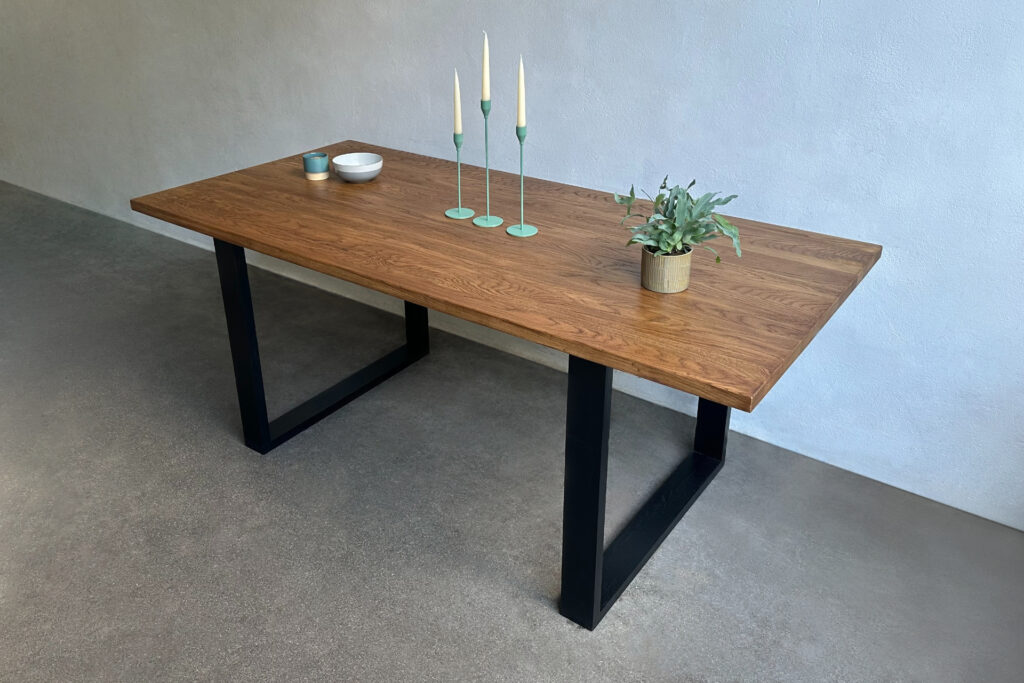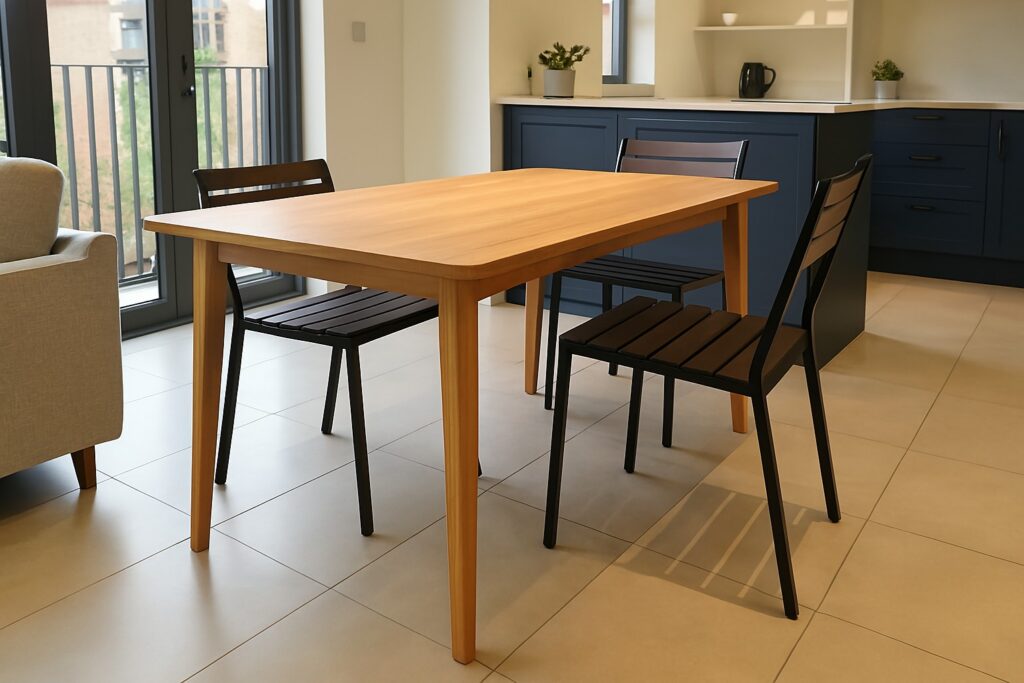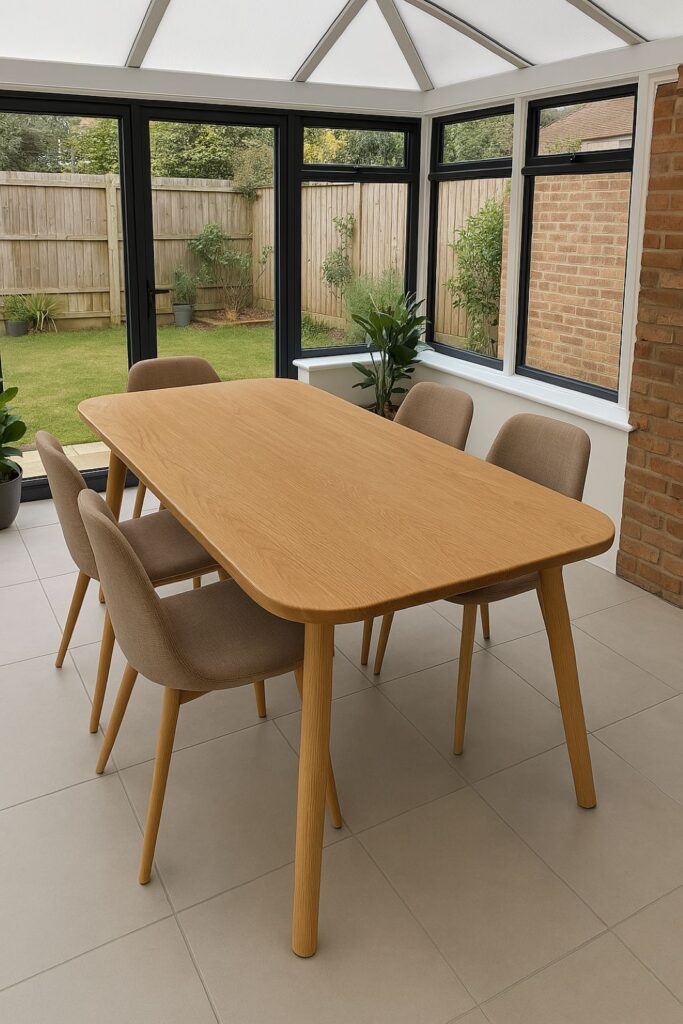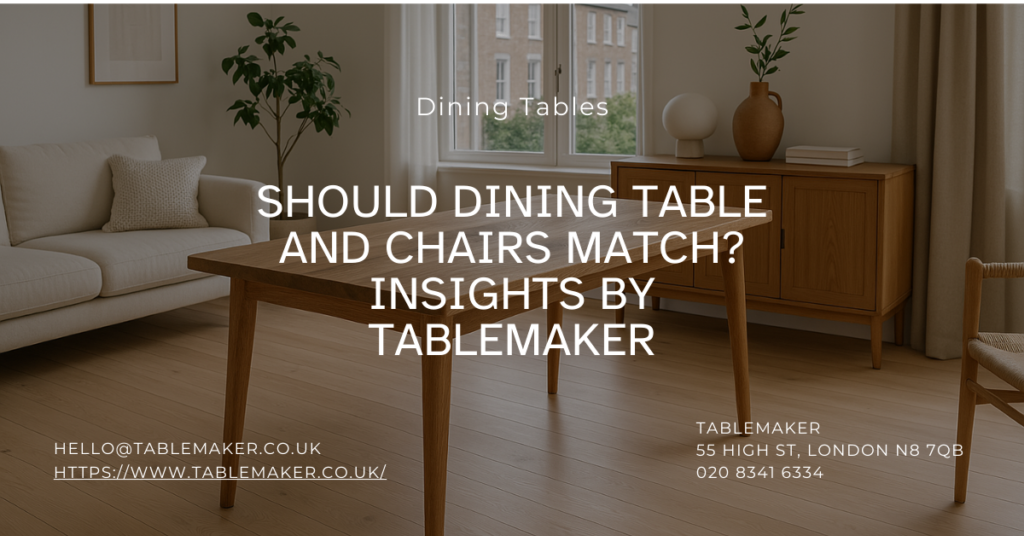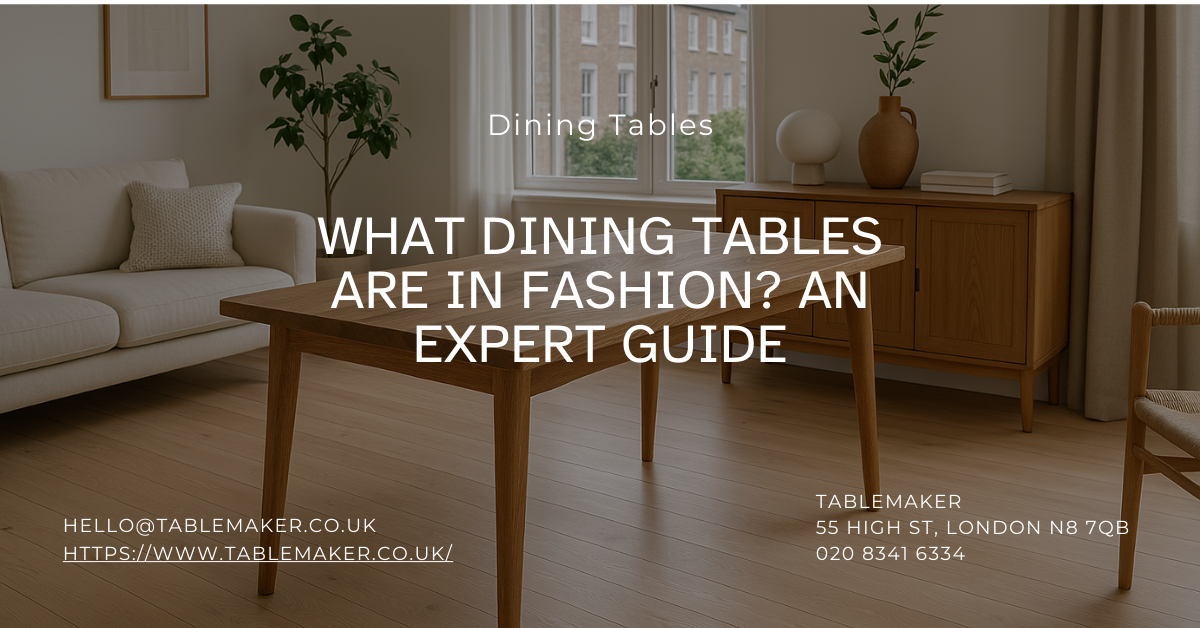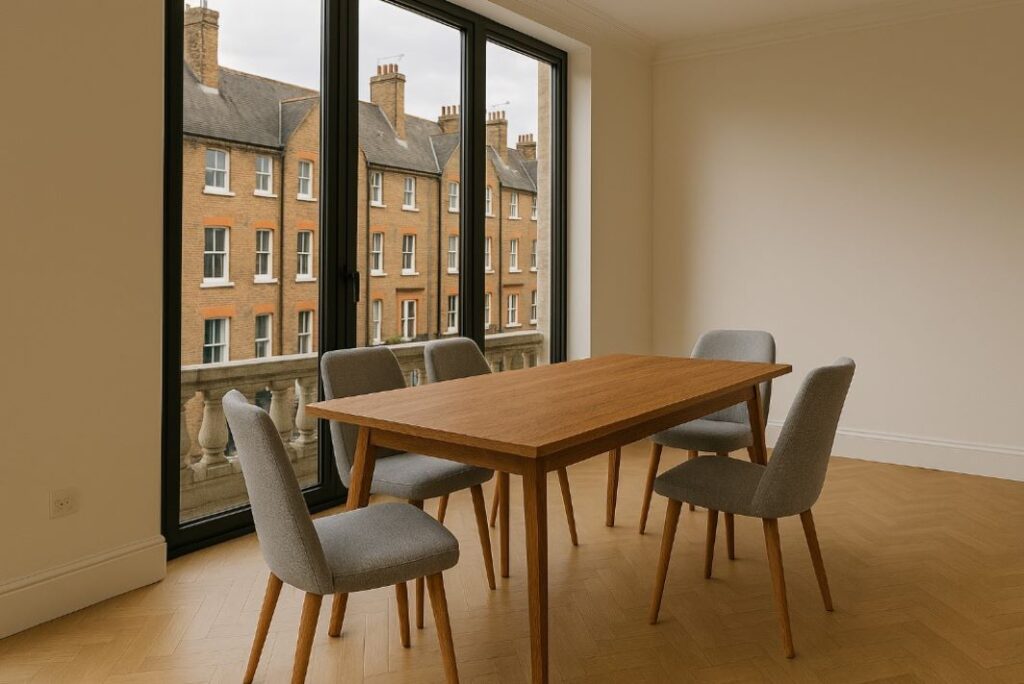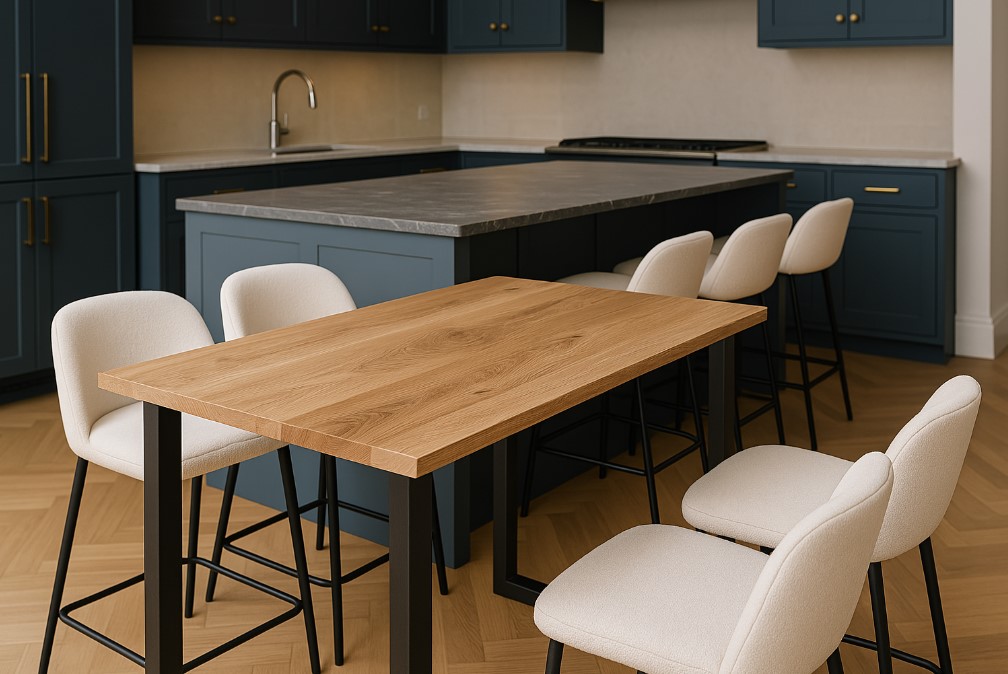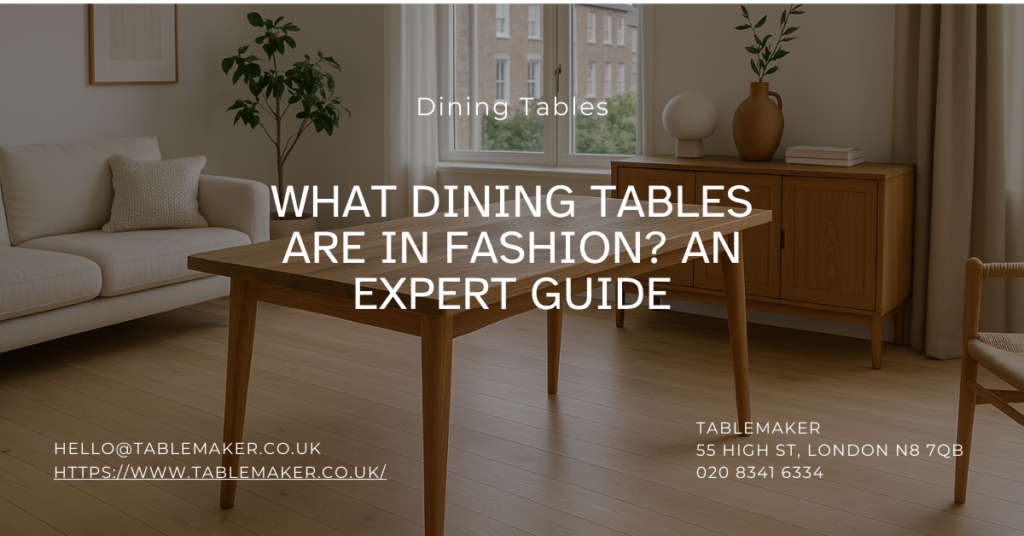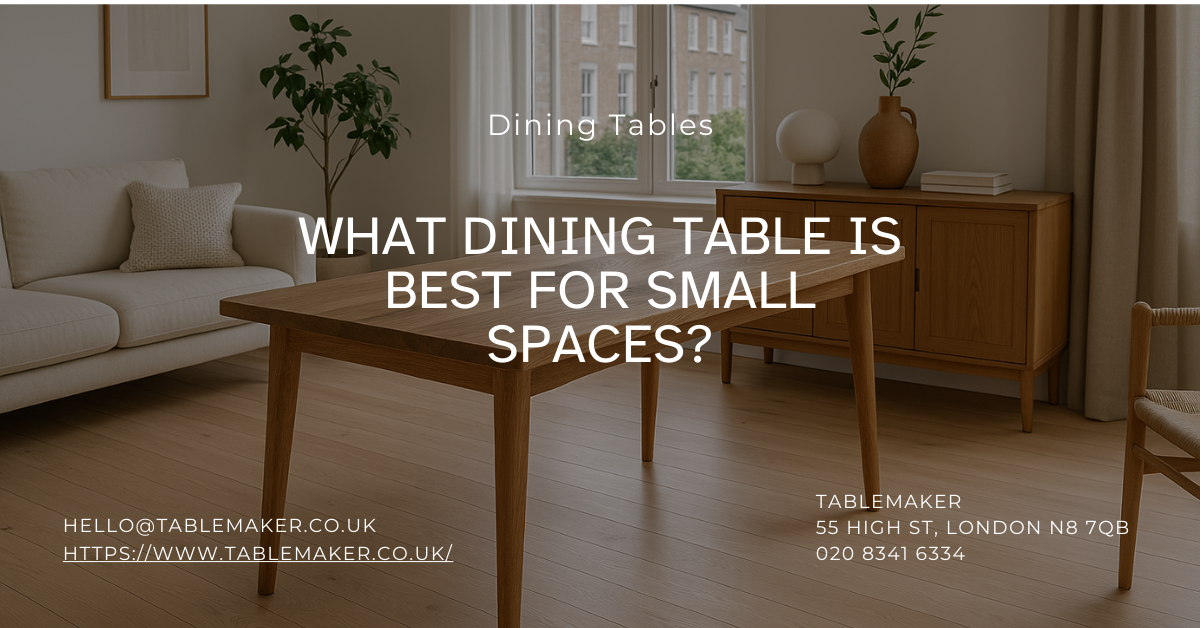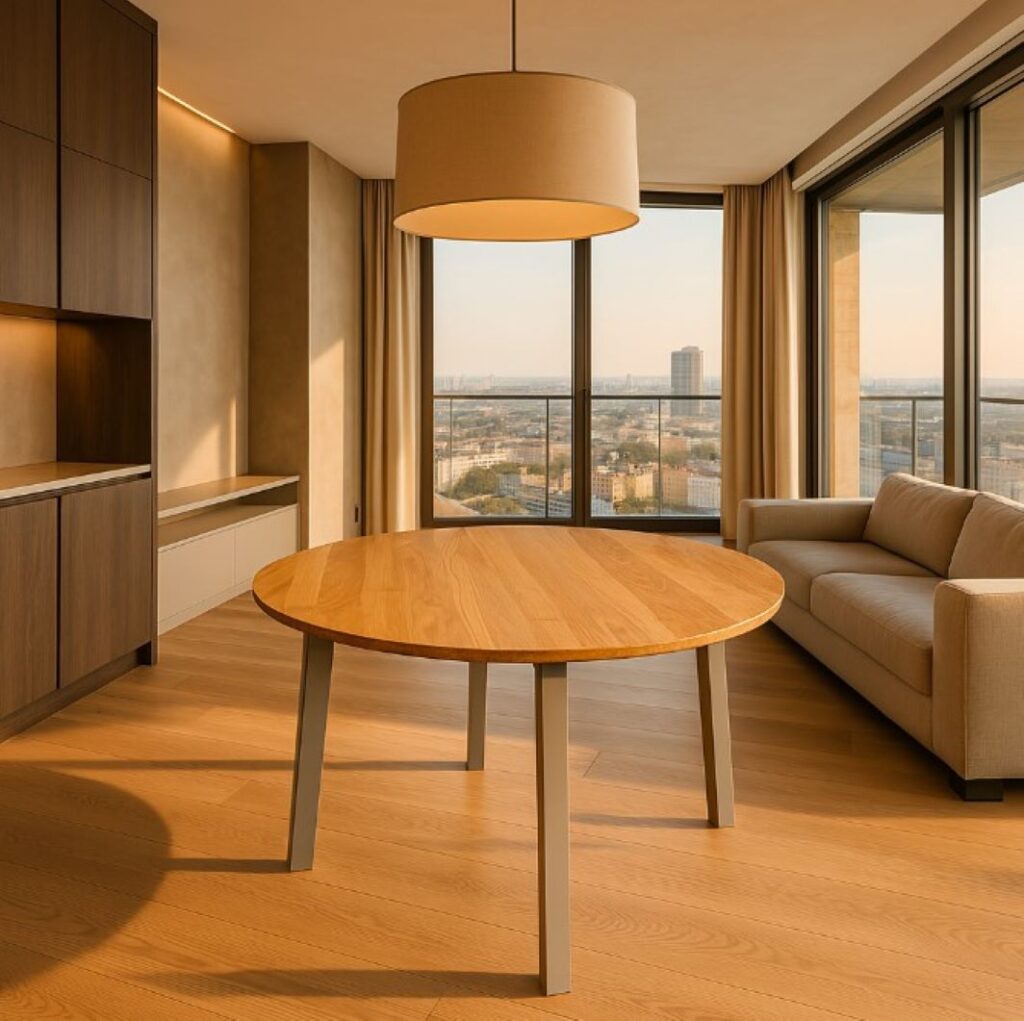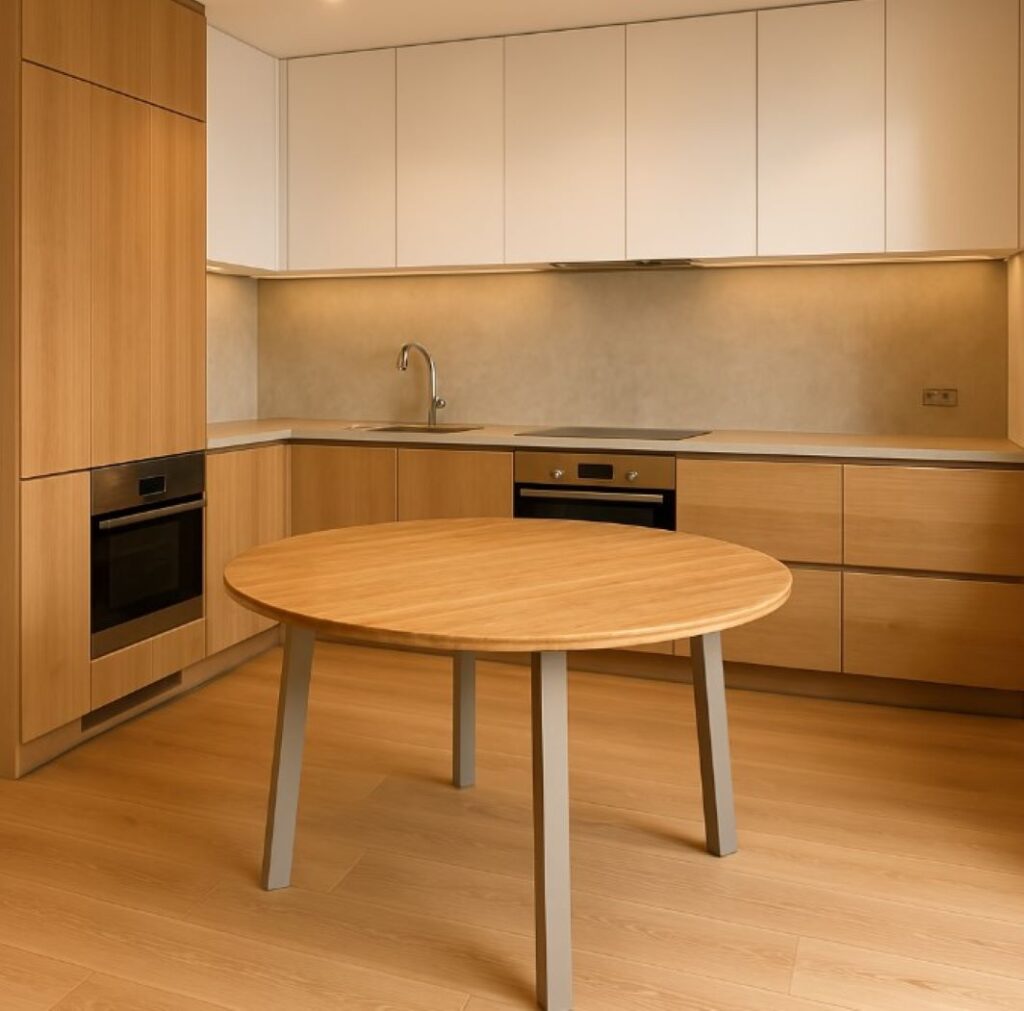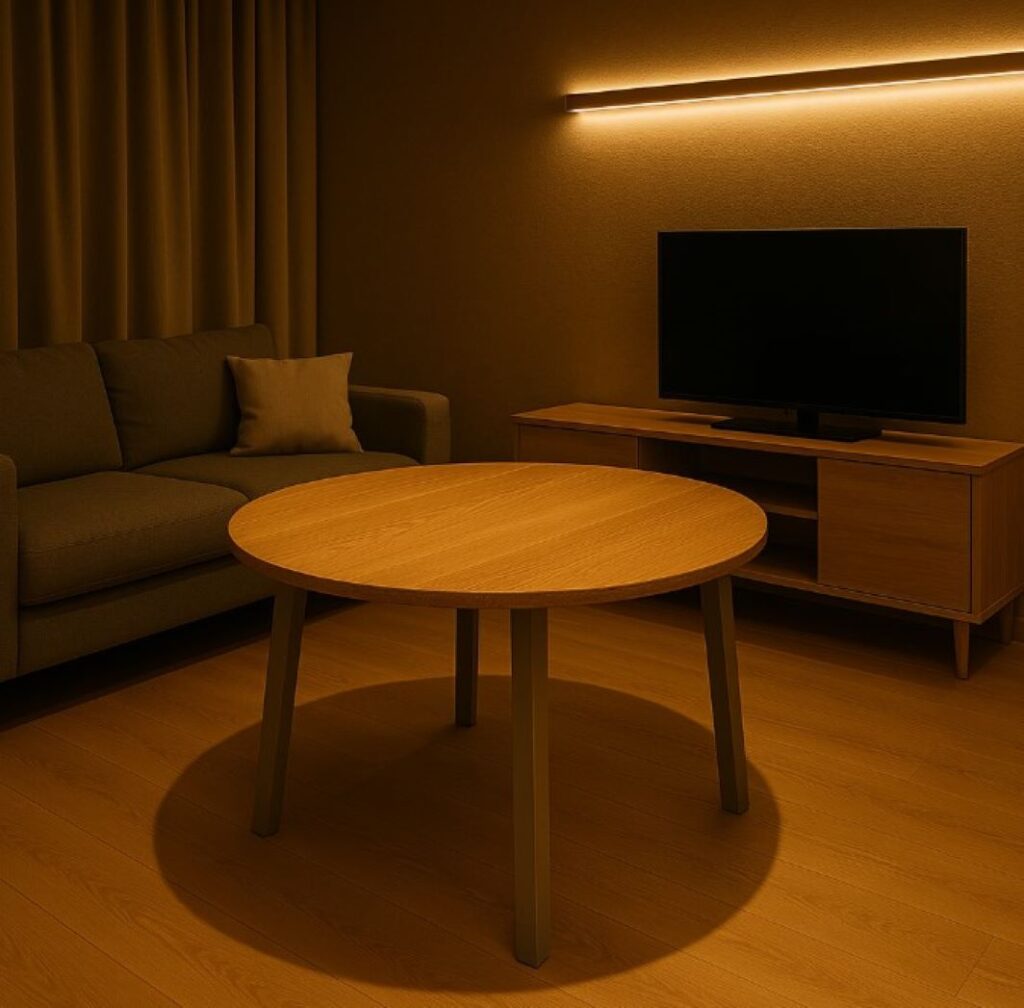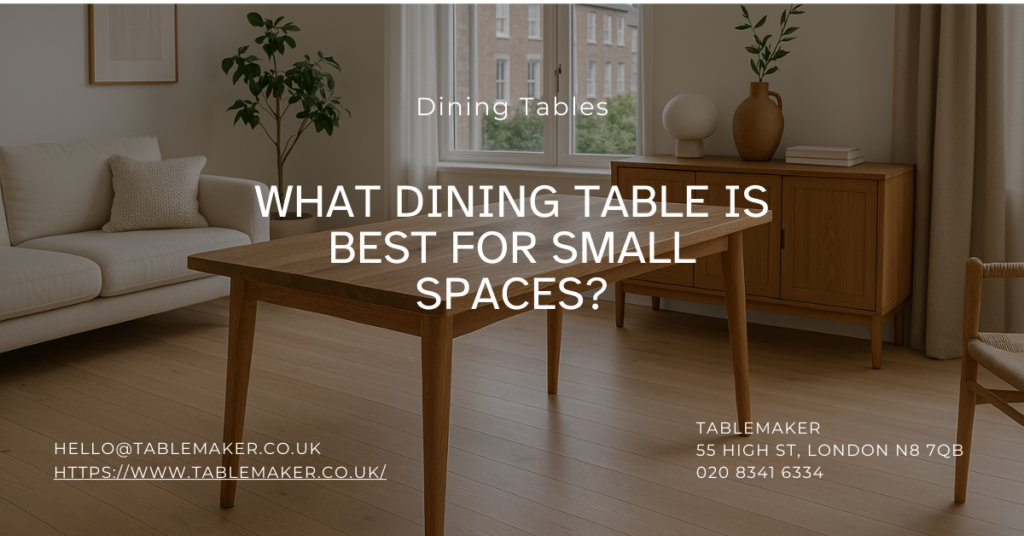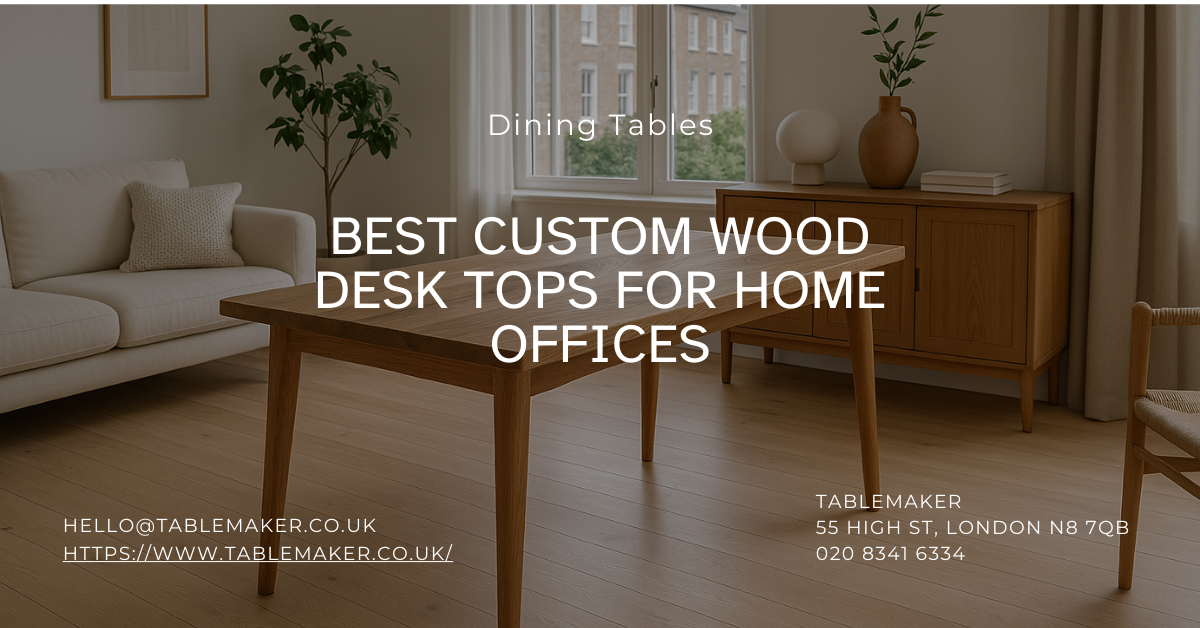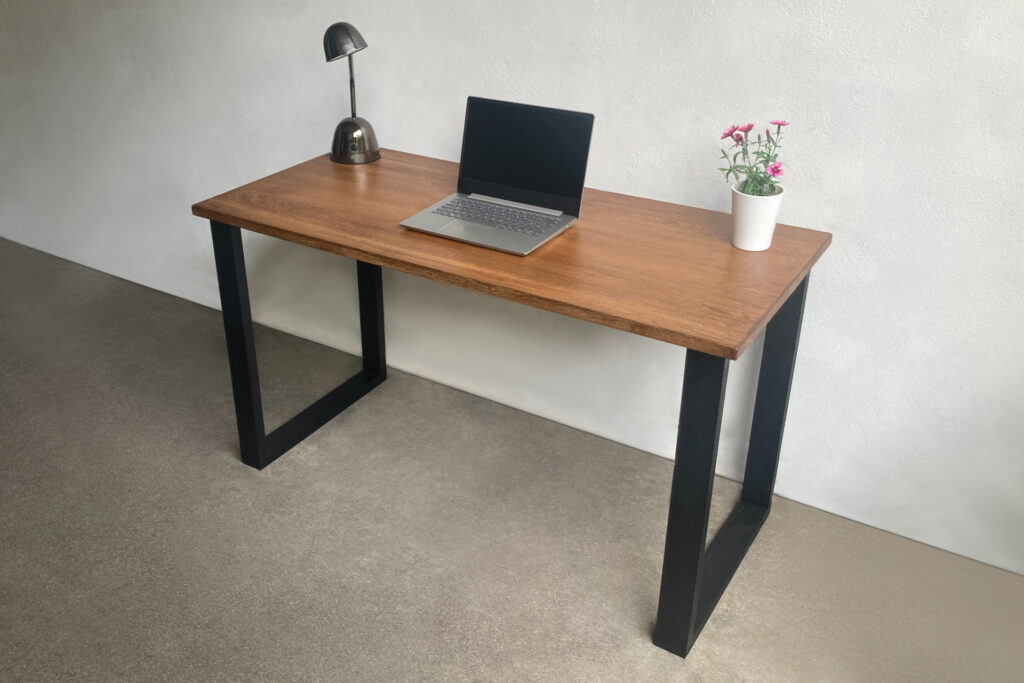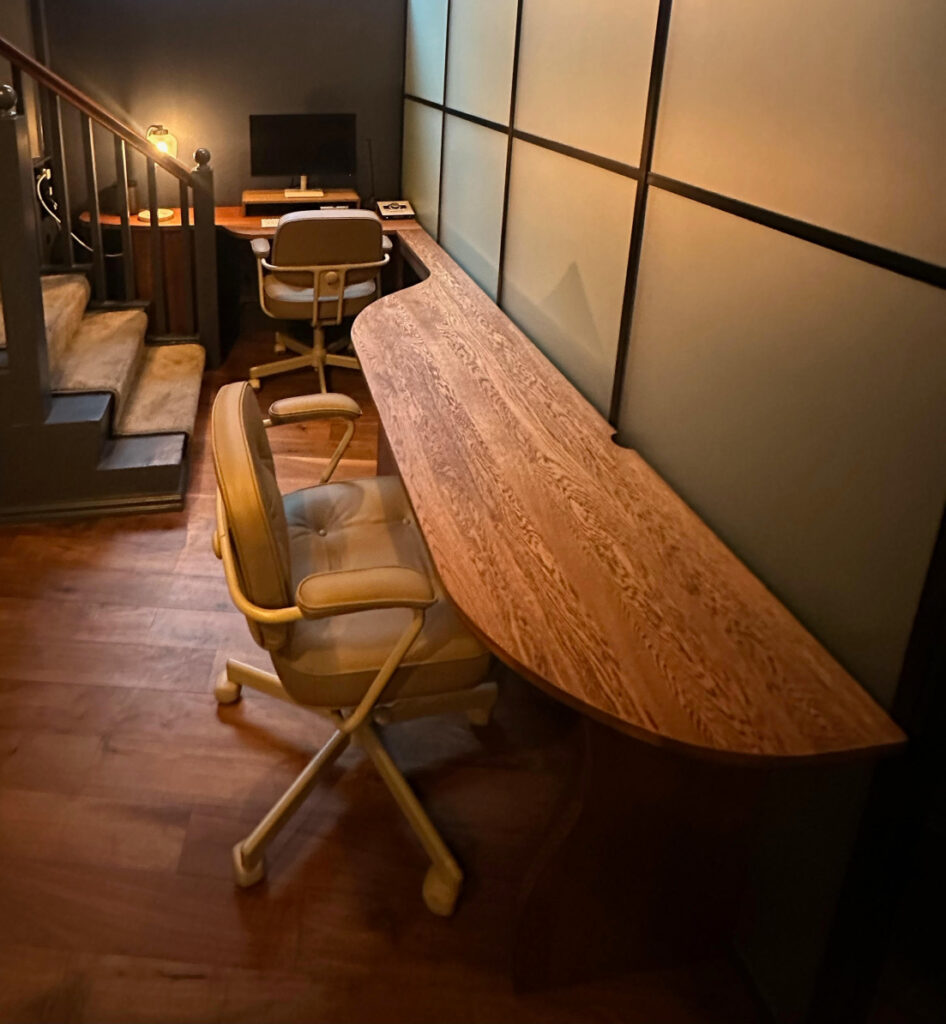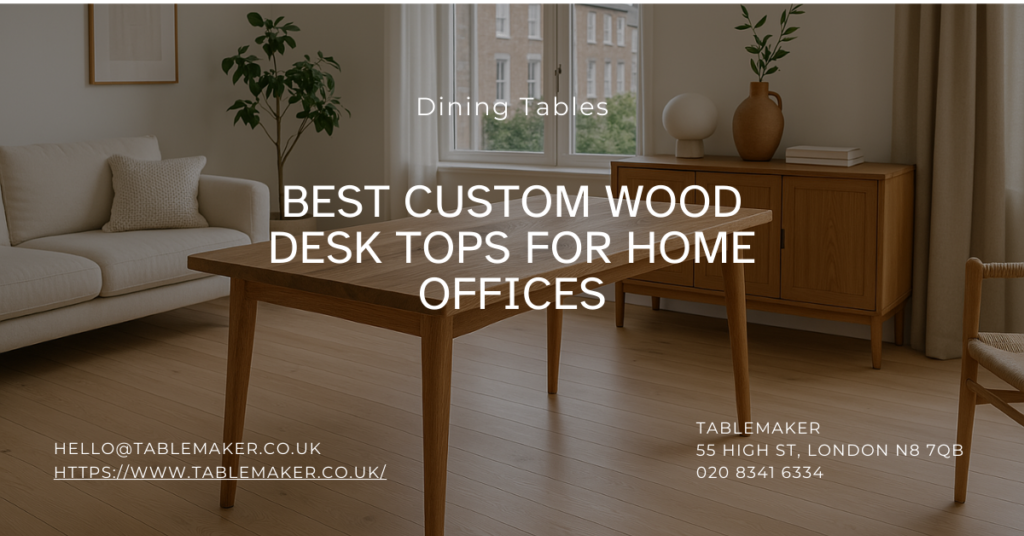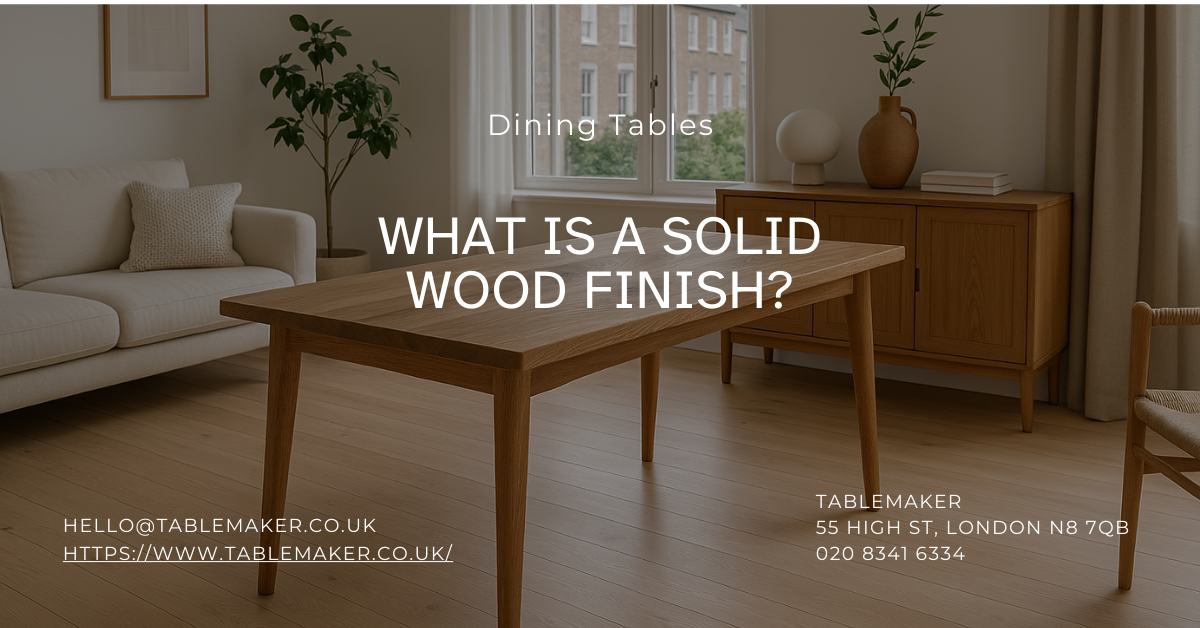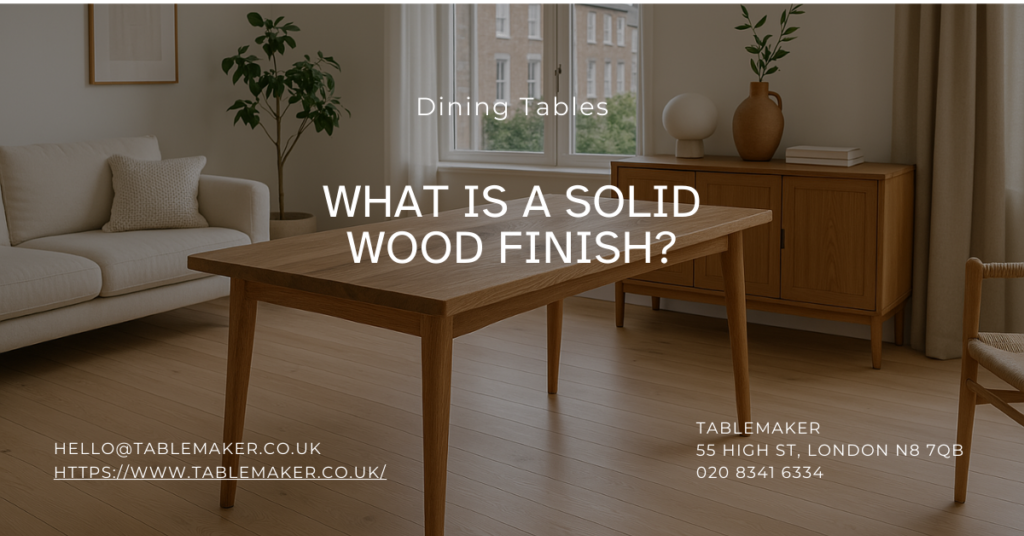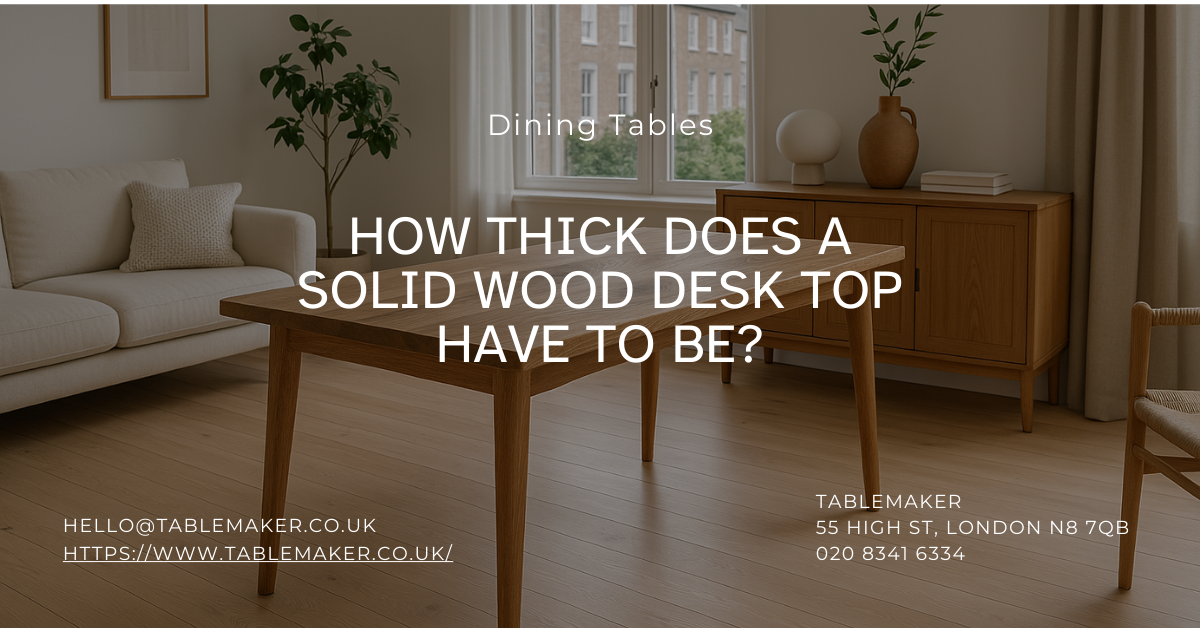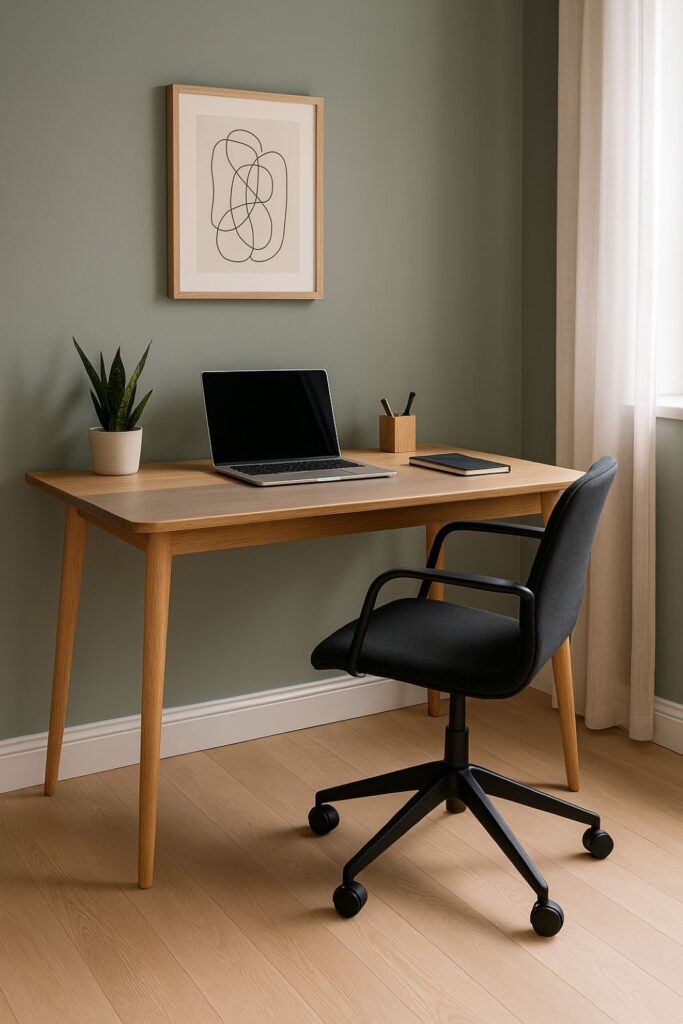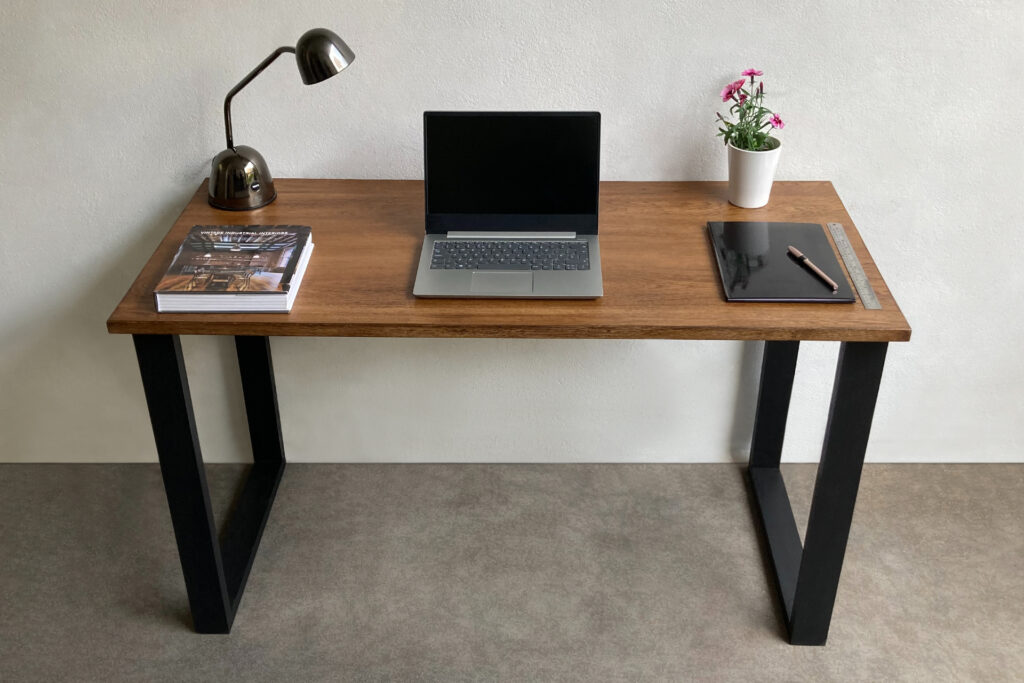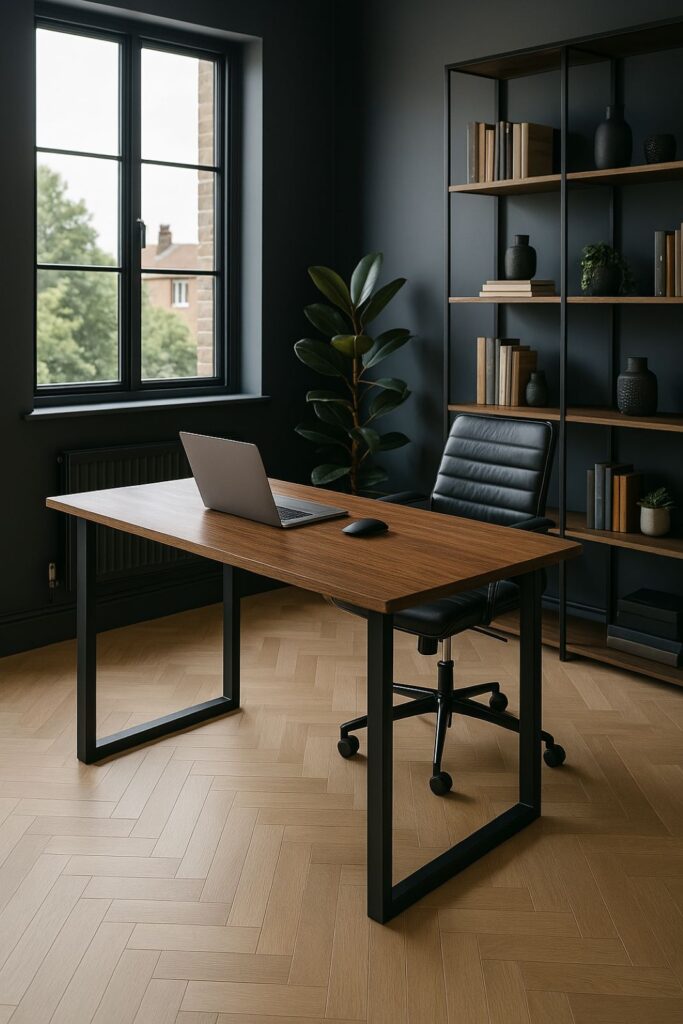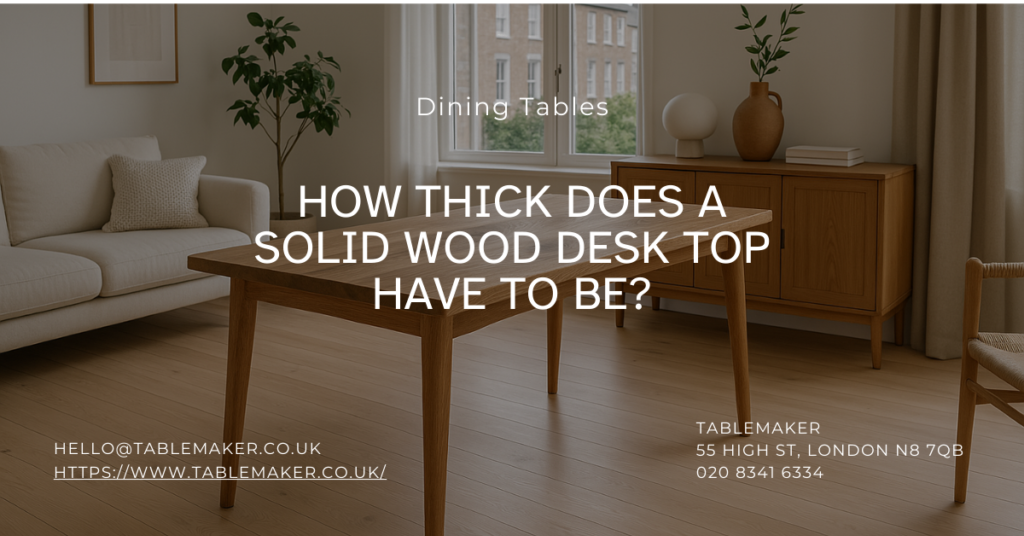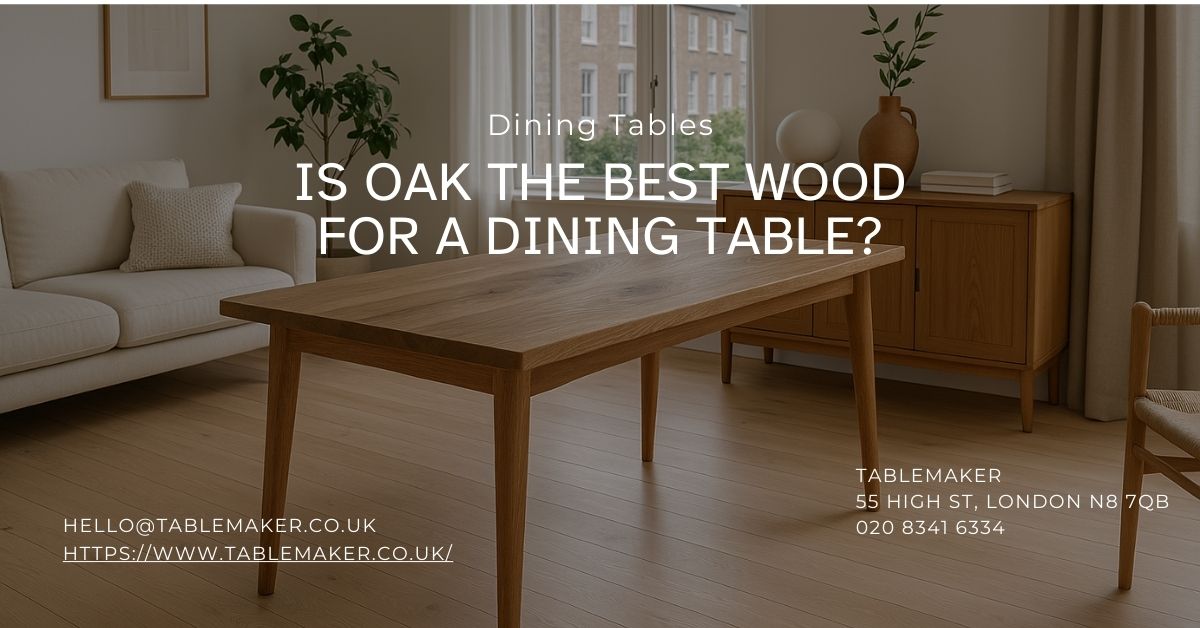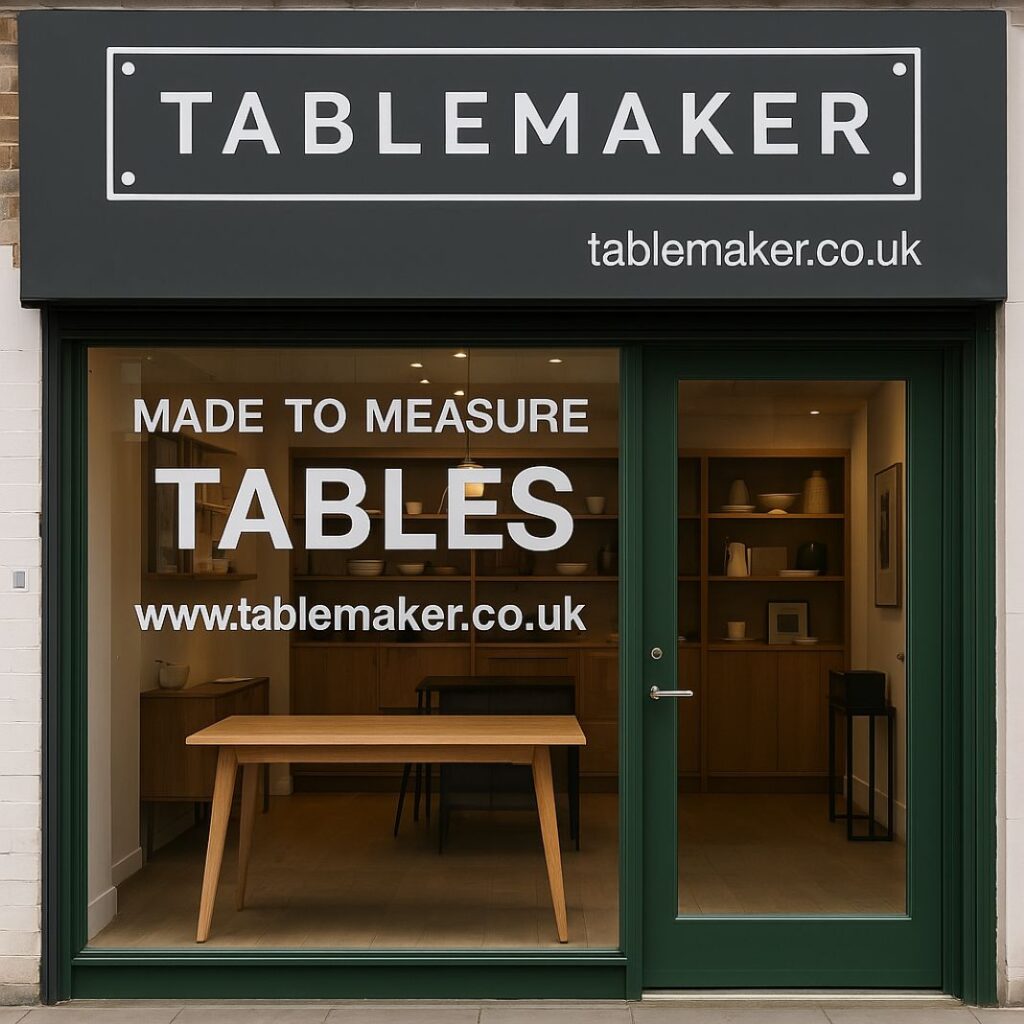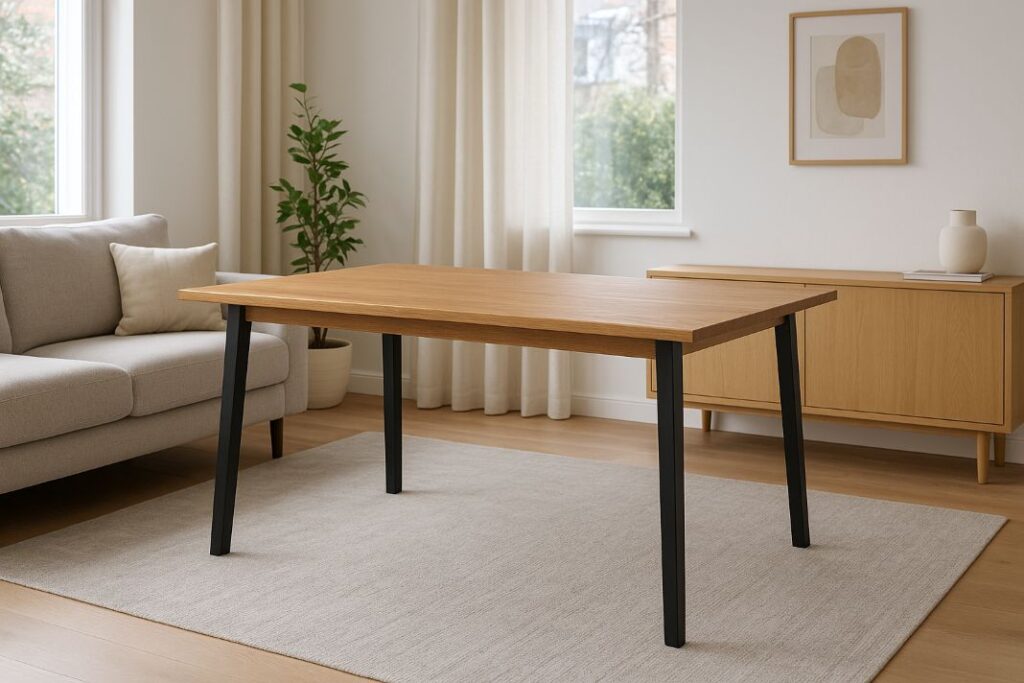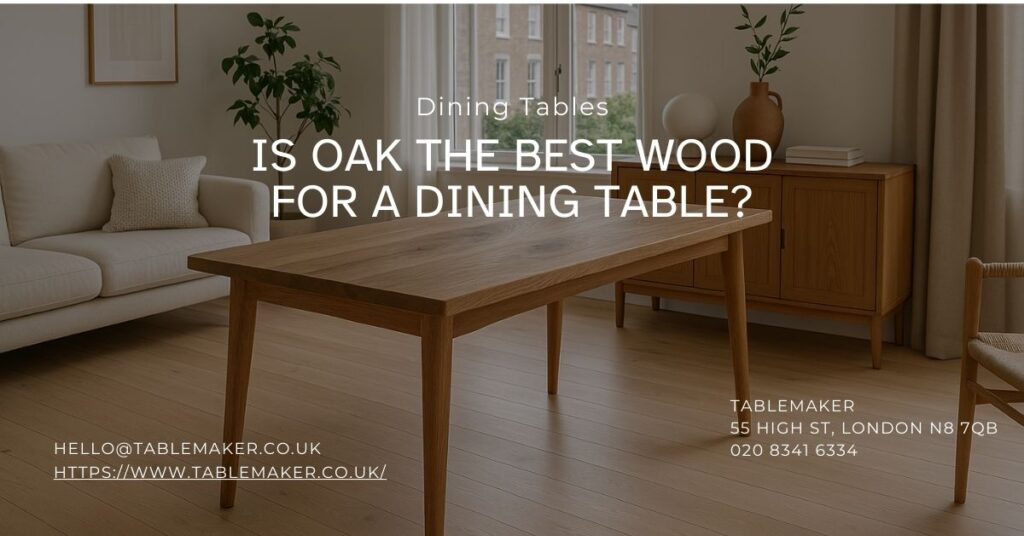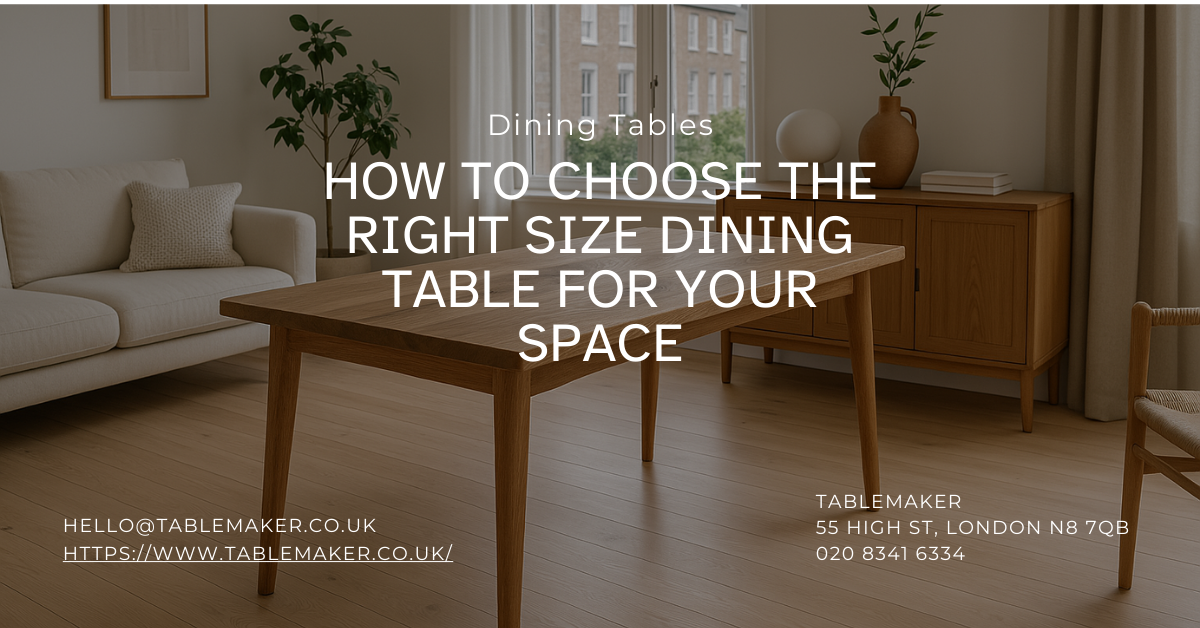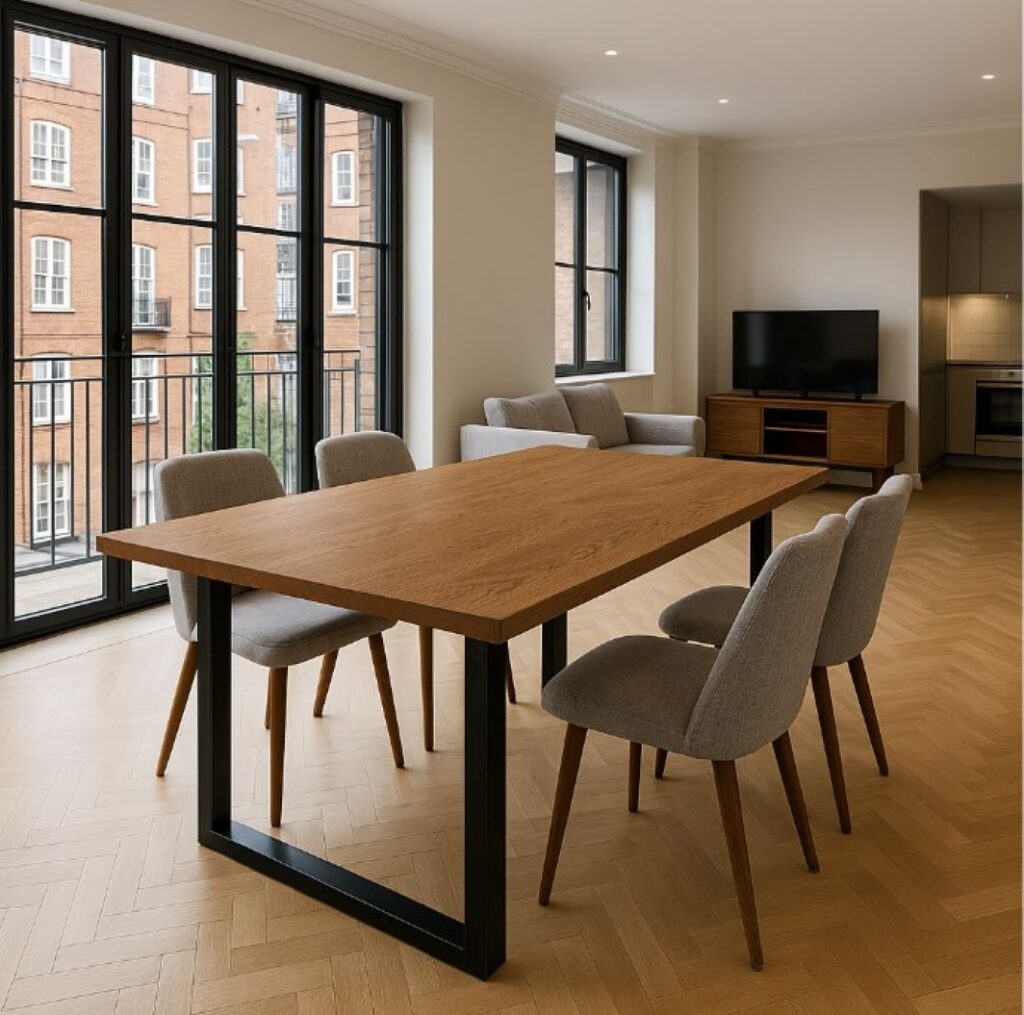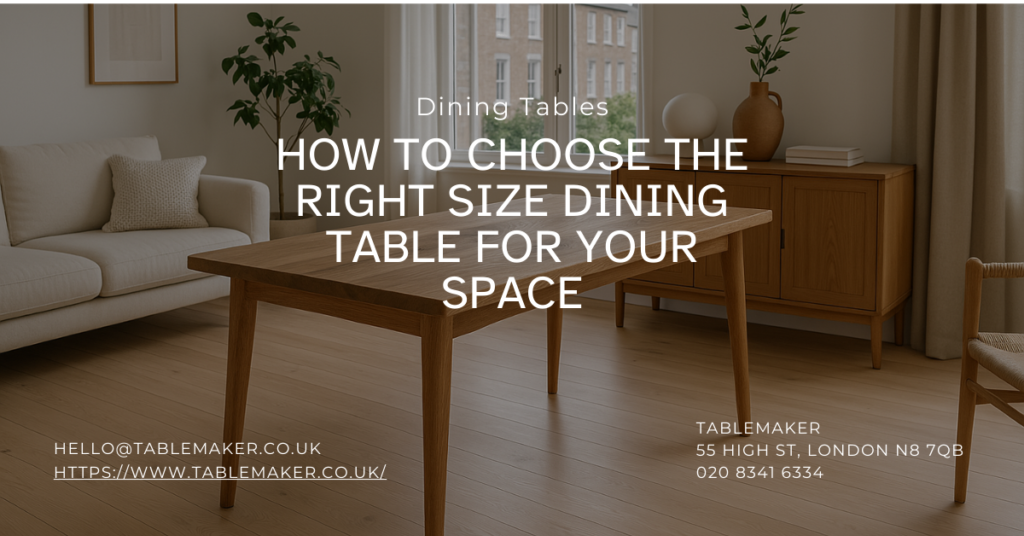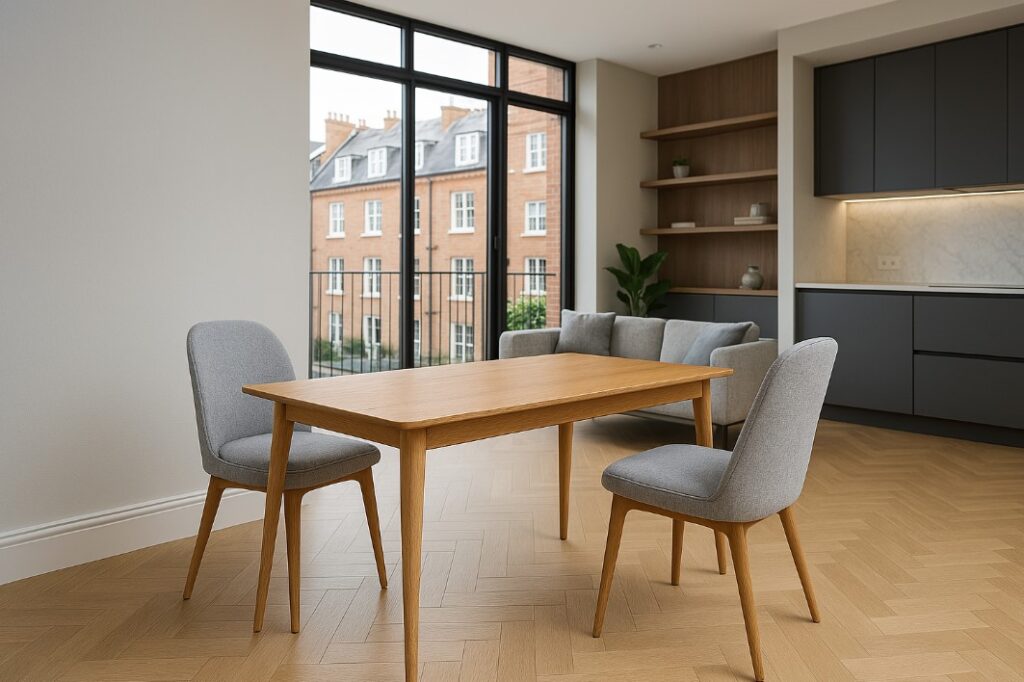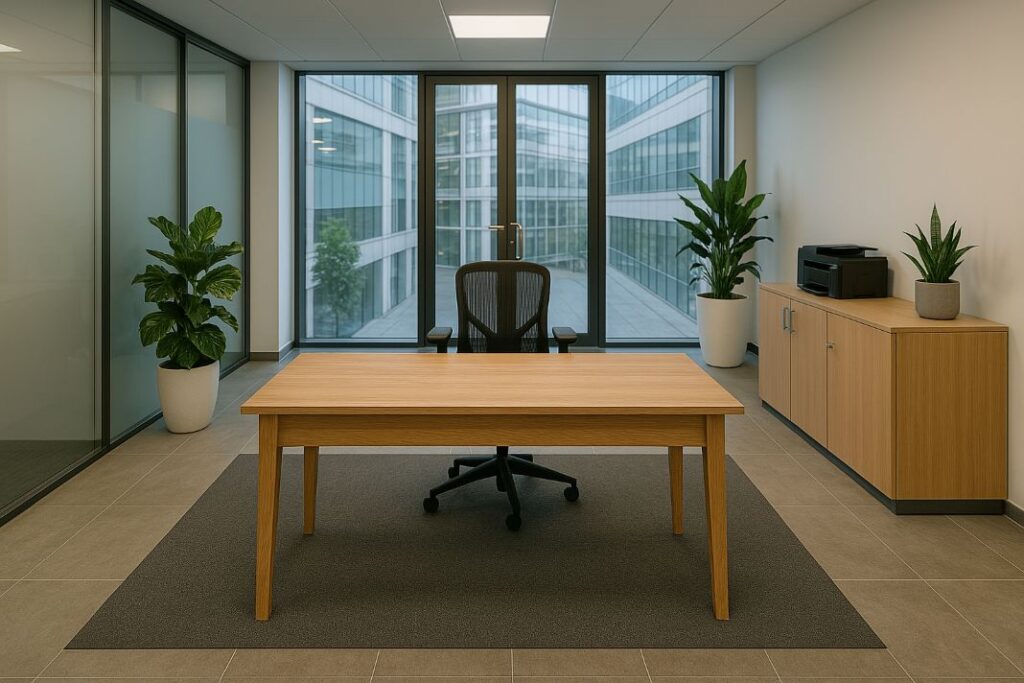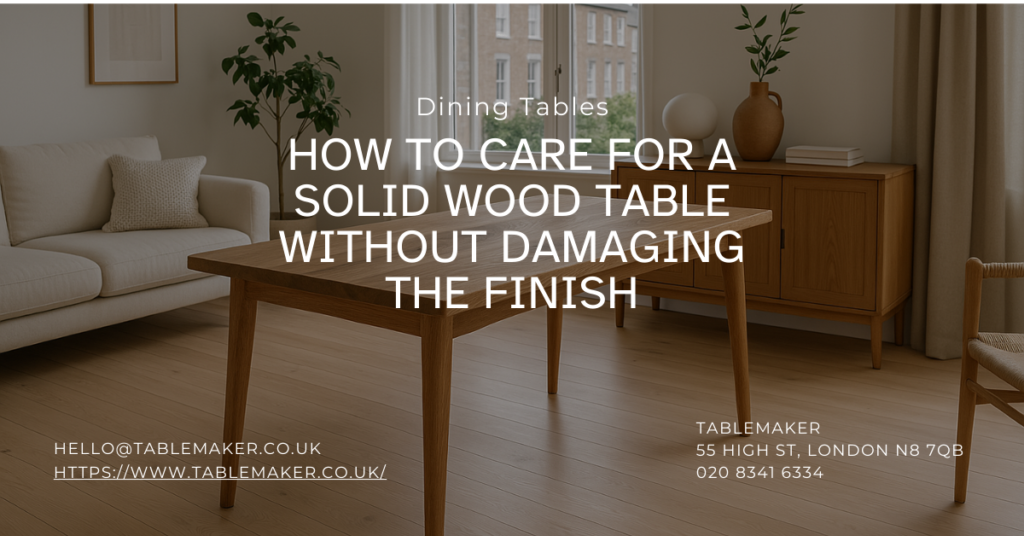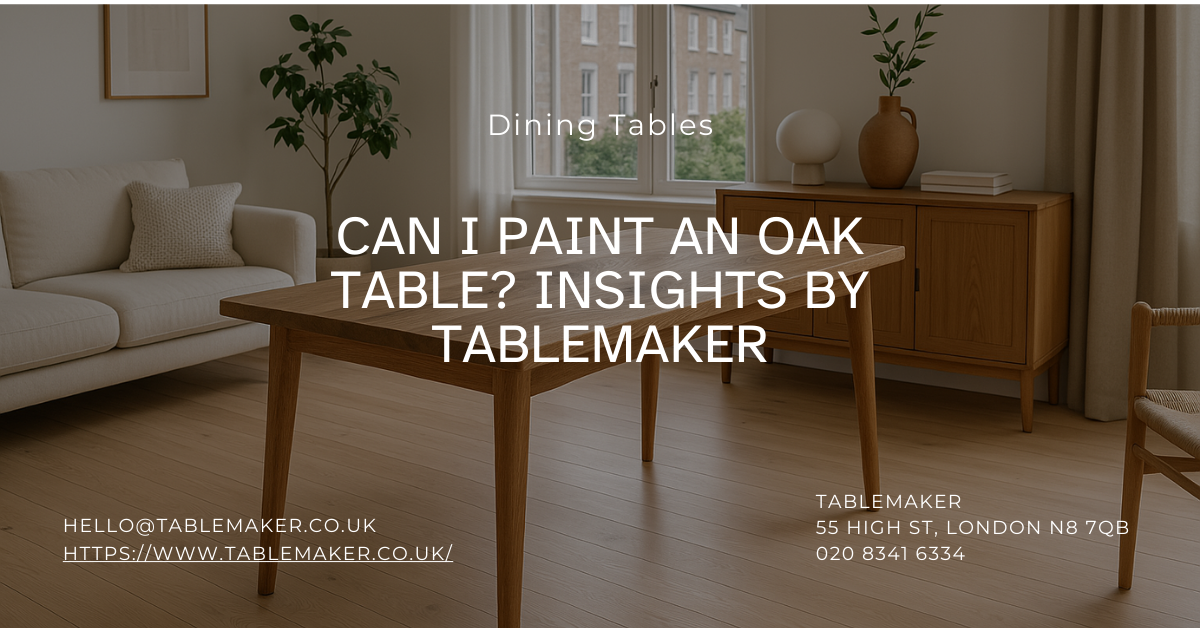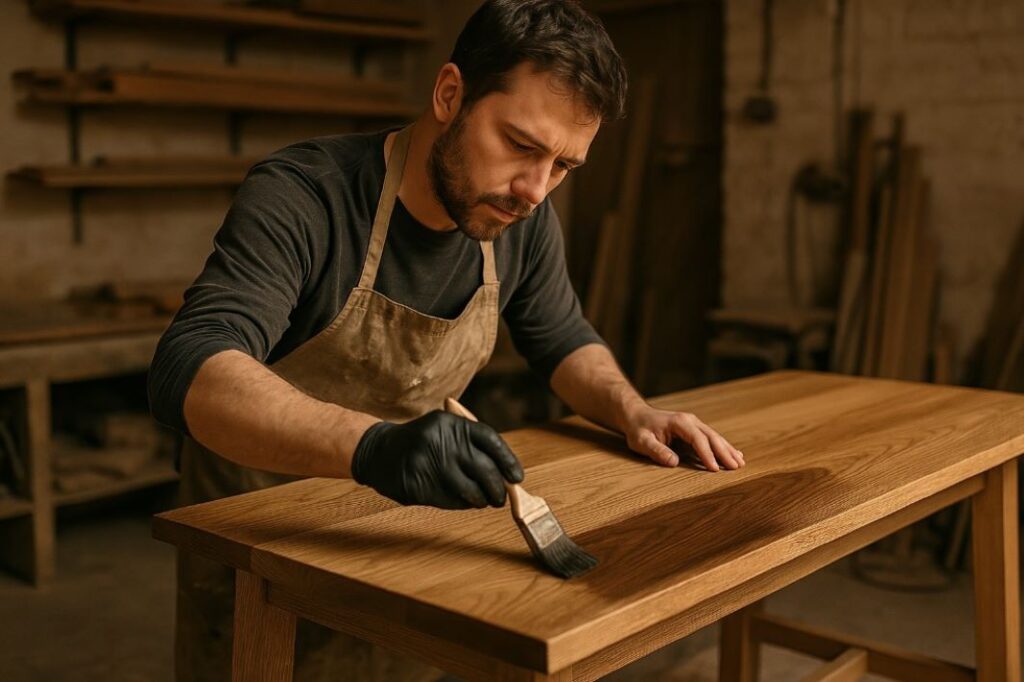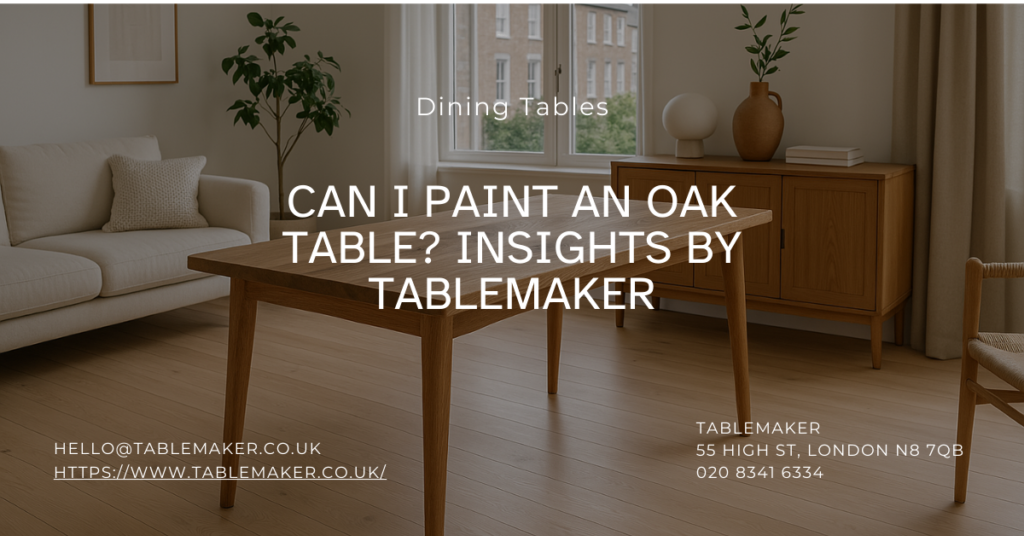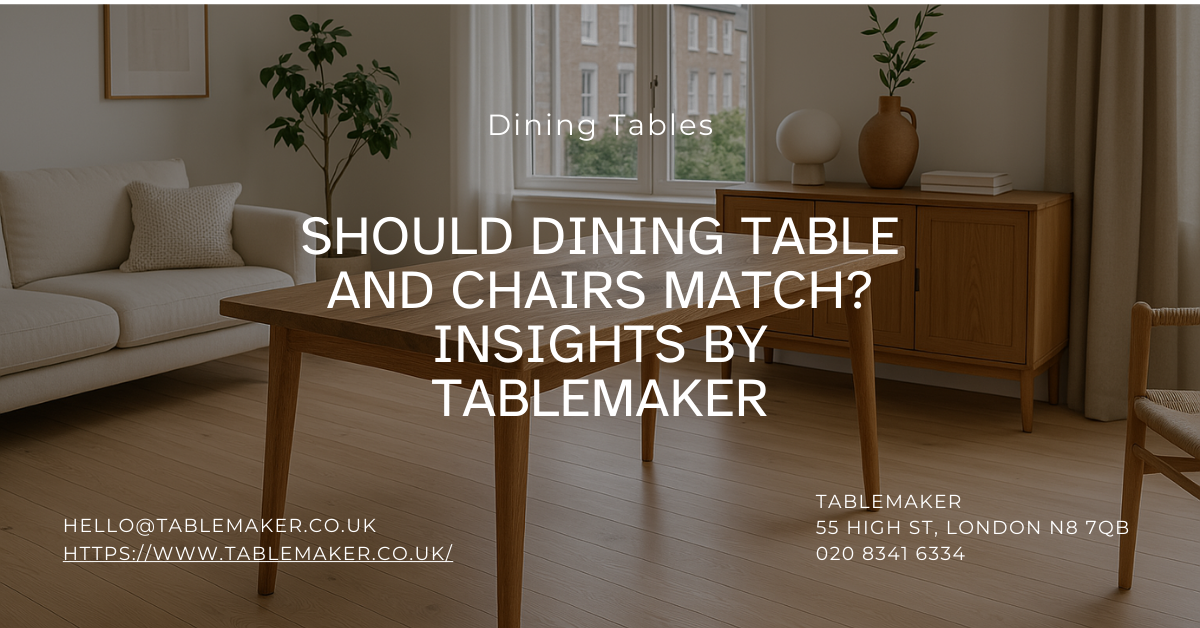
Should Dining Tables and Chairs Match?
Do dining tables and chairs need to match?
Matching your dining table and chairs can create a neat and coordinated look, but it is not always necessary. Many homeowners now prefer mixing different styles, materials and finishes to give their dining space more character and a sense of individuality. Whether you choose to go with a matching set or a more eclectic combination, the most important thing is that the furniture feels balanced and fits well with the rest of your home.
In this article about dining tables and chairs we have covered
- Do dining tables and chairs need to match?
- Why some people prefer matching dining sets
- Why mixing and matching is so popular now
- What should match when you mix table and chairs?
- How to keep the proportions balanced
- Comfort matters more than coordination
- How to mix textures and finishes effectively
- Want to experiment without fully committing?
- Final thoughts
- FAQs
- Contact Tablemaker
Why some people prefer matching dining sets
Matching dining sets have long been the go-to choice for people who want a tidy, formal look. All pieces usually share the same material, colour and design style, which can help create a calm, organised feel. For traditional interiors or formal dining rooms, this approach is often preferred.
Benefits of a matching set:
Consistency and cohesion: A matching table and chairs offer a uniform look that is easy to complement with other furniture and decor in the room.
Easier decision making: Choosing a full set removes the challenge of trying to coordinate separate pieces.
Classic appeal: A matching dining set often aligns with timeless interior styles that are less likely to go out of fashion.
According to House Beautiful, interior designers agree that a unified dining set is ideal for compact spaces where visual continuity helps the room feel more spacious.
Why mixing and matching is so popular now
More people are experimenting with mixed dining sets because it allows them to express personal taste and create a more relaxed and lived-in atmosphere. It can be a great way to make your home feel more like you without following rigid style rules.
Benefits of mixing and matching:
Personal style: It lets you combine old and new, or different textures and shapes, to reflect your individual preferences.
Visual interest: Contrasting materials and colours can make the room more inviting and layered.
Flexibility: It is easier to replace or update individual chairs or tables without needing to change the entire set.
Architectural Digest highlights the growing trend of mixing materials such as velvet, rattan, and reclaimed wood to make dining areas more expressive and tailored to the homeowner’s lifestyle.
What should match when you mix table and chairs?
If you choose to mix and match, having at least one shared element between the table and chairs will help the room feel pulled together. This could be colour, material or design style.
Colour harmony
Try sticking to a consistent colour palette or complementary shades. For example, dark wood tables can be paired with chairs in earthy tones or similar stained finishes.
Material consistency
If your dining table is made of oak, look for chairs that feature oak accents, or introduce another natural material like rattan or linen to keep things organic.
Design style
Combining furniture from the same design family, like Scandinavian or mid-century, helps maintain visual unity even if the pieces are not identical.
Pro Tip: If your chairs are all different styles, try unifying them with matching seat cushions or fabric pads. It’s an easy way to create a sense of order without hiding their individuality.
How to keep the proportions balanced
The size and scale of your table and chairs should work well together, both visually and functionally.
Height and legroom
Standard dining tables are between 71 and 76 centimetres tall. Chairs should be around 43 to 48 centimetres in seat height to allow comfortable leg clearance.
Width and spacing
If your chairs are wide or have arms, make sure there is enough room for each person to sit comfortably around the table. Armless or slimmer chairs suit smaller dining rooms and can prevent the area from feeling cramped.
Visual weight
Pair sturdy, solid tables with equally grounded chairs. For example, a chunky wooden table suits upholstered chairs or solid wood seating more than lightweight metal ones.
Comfort matters more than coordination
You will likely spend hours around the dining table, whether eating, chatting or working. Make sure your chairs are comfortable and inviting.
Chair support
Chairs with padded seats, curved backs or ergonomic designs make longer meals more enjoyable. Wooden or metal chairs can be made more comfortable with cushions.
Back height and armrests
High-backed chairs feel more formal and offer better posture support. Lower or open-back chairs look more casual. Armrests can make chairs feel more luxurious but take up more space.
How to mix textures and finishes effectively
Playing with different surfaces and materials can make your dining room feel richer and more personal.
Wood and metal
Combining warm wooden tables with industrial-style metal chairs is a great way to introduce contrast.
Upholstery and timber
Soft upholstered chairs can warm up a wooden table and make the room feel more comfortable and homely.
Glass and leather
A glass dining table with leather chairs creates a smart, contemporary look that suits modern interiors.
Woven materials
Rattan or cane chairs can bring a more natural, relaxed mood, especially when paired with a minimalist or metal dining table.
Pro Tip: Got a mix of wood tones in your dining area? Add a rug or light fixture that features both shades — it’ll act as a visual bridge and help everything feel more intentional.
High-end chairs & dining tables in London and the UK – Tablemaker
Want to experiment without fully committing?
If you’re unsure about mixing styles, try changing just one part of the set instead of the whole thing.
Try different head chairs
Keep all side chairs the same and use two different chairs at either end of the table. This is a subtle way to introduce variety without going overboard.
Add a bench
Using a bench on one side of the table saves space and softens the overall look.
Use colour sparingly
If your table and chairs are mostly neutral, try adding a pop of colour through one or two chairs. This adds personality without overwhelming the space.
Mix two chair styles
Pairing two types of chairs instead of four or more helps you ease into the mix-and-match approach while still looking intentional.
Final thoughts
Whether you prefer a matching dining set or a more mixed approach, the goal is to create a room that feels comfortable and suits your style. Matching is practical and timeless, while mixing brings creativity and flair. Focus on proportion, comfort and visual connection to make either choice work beautifully.
FAQs
Should all dining chairs be the same height? Not always, but similar seat height is important to ensure everyone sits comfortably around the table.
Can I use different chairs around a round dining table? Yes. A round table works well with different chair styles, especially if there is a shared colour or material.
What chairs go best with a glass dining table? Leather or metal chairs are often used with glass tables for a contemporary look, while upholstered chairs add warmth.
Is it okay to mix vintage and modern dining furniture? Absolutely. Blending vintage pieces with modern ones adds personality and makes your dining room feel more curated.
How do I stop mixed furniture from looking messy? Choose at least one common element such as colour, material or style to keep the look connected.
Additional Reading:
How to mix and match dining chairs for a relaxed look: Good House Keeping
How to choose the right dining chairs: Mail and Guardian
Looking for Dining Tables and Chairs That Actually Fit Your Space?
If you’re after a dining table and chairs that suit your home — not just the showroom — we can help. At Tablemaker, we build solid oak dining tables in the exact size you need, and help you find chairs that work with them, without forcing a “matching set.”
We work with customers across North London, from open-plan flats in Stoke Newington to classic terraces in Muswell Hill. Our tables are made to order, so if you’ve got awkward corners, specific style preferences, or need something that feels right for both dinner parties and weekday dinners — we’ve probably done it before.
Pop into our Hornsey workshop for a chat, or send us your measurements and questions. No hard sell, no pressure — just real advice and well-made furniture that fits. Get directions from the nearest Tube here.
Showroom and Workshop
55 High Street, Hornsey, London N8 7QB
Call: 020 8341 6334
Email: [email protected]
Open: Mon–Wed: 9 am–3 pm, Thurs–Fri: 9 am–4 pm
Closed: Sat & Sun
Browse or customise online: www.tablemaker.co.uk
Tablemaker
55 High St, London N8 7QB
02083416334
HVQM+58 London

